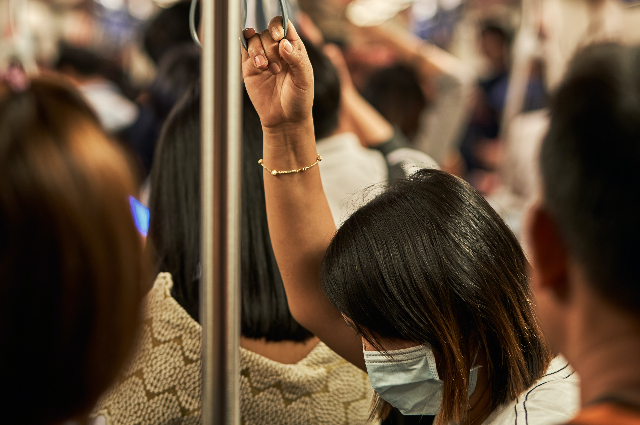
Even though the number of female passengers ranks higher on the chart of public transport users, all over the world, they still find themselves in highly uncomfortable scenarios while traveling in one. The World Bank states that women’s mobility is affected by restrictive socio-cultural norms, a lack of safe and sufficient transport infrastructure, gender-blind planning and governance, and a lack of access to information and communication technology.
Why it is an unpleasant experience?
A large number of middle-aged women in India are housewives. They usually leave their houses, for work or other means, after completing their day-to-day chores, during the afternoon which means less accessibility and more waiting.
Sometimes these women prefer walking rather than going through with the hazards of public transportation. Cycling is a comparatively better and eco-friendly option it’s something not comfortable with the clothing or there are no lanes available in the area. Sometimes they even proceed to cancel the whole trip. A study by the Asian Development Bank states that women turn down better-paying jobs if the travel conditions are not safe, require travel at odd times of the day, or do not satisfy other lifestyle conditions.
Need of a gender-neutral transport system:
Public transportation in India is definitely not gender-neutral. In fact, the Indian transport system itself is little by little straining gender inequality as a whole. Meanwhile, we all know that transportation can have a direct or indirect effect on a woman’s day-to-day life and the opportunities provided to her by our society, which are still unfortunately very low and highly unfair.
As a study by JSTOR states,
“The experiences of women in buses comprised narratives of harassment by man, which occurred mostly silently or something verbally. The only space for women in these buses was around six to eight reserved seats. However, the experience of boarding and de-boarding the buses hijack the whole purpose of having reserved seats as women feel they won’t mind standing in the bus if the journey is harassment-free.”
This proves that the steps being taken by the government are not enough at all.
Why safety should be our first priority?
Only 9% of women in India consider public transport a safe means to travel. In fact, as many as 15 percent of women who used public transport to travel said they did it because they had no other choice. (Source: News18)
The problem is not just the timing or accessibility of the transport for a woman but a number of issues they face sometimes forcing them to stay at home. It is much more than we see in movies and advertisements. Eve-teasing and sexual harassment in public transport in highly normalized in India. Sometimes only the terror of what might happen causes immobility for women, that is either forced on them by their family or sometimes even by their own selves.
In conclusion, the Indian government needs to work on making public transport more accessible and safe for women in every aspect. So that the weight of getting trapped in an unpleasant situation can be lifted from their shoulders, while also keeping in mind the needs of every passenger despite their gender.
